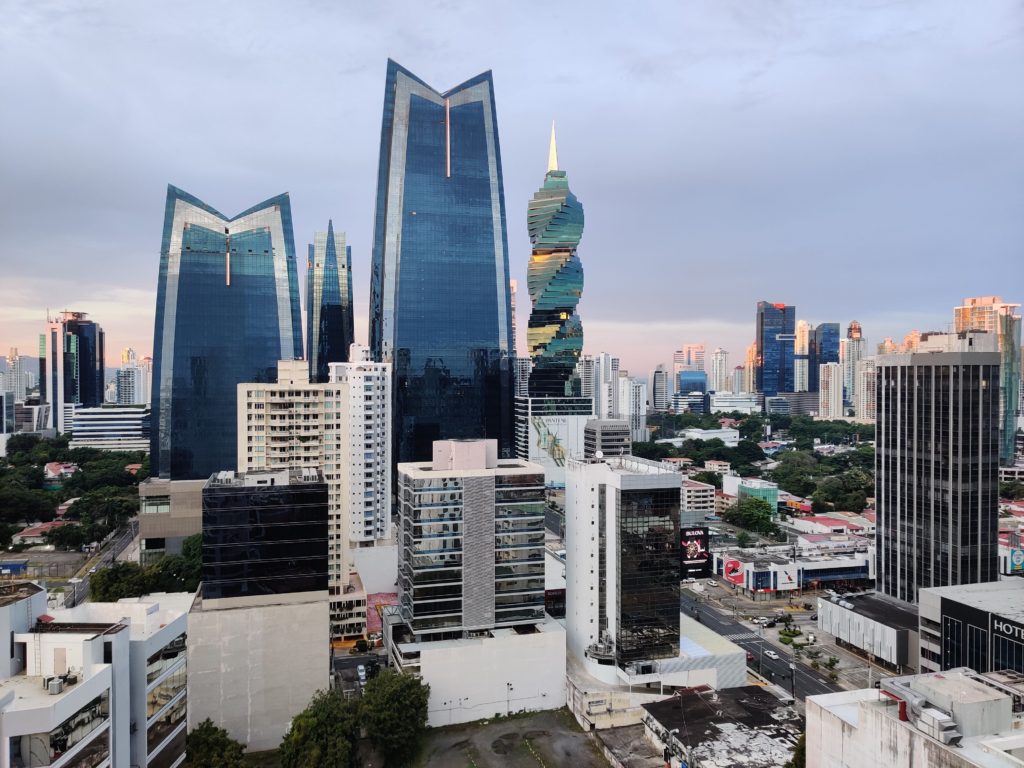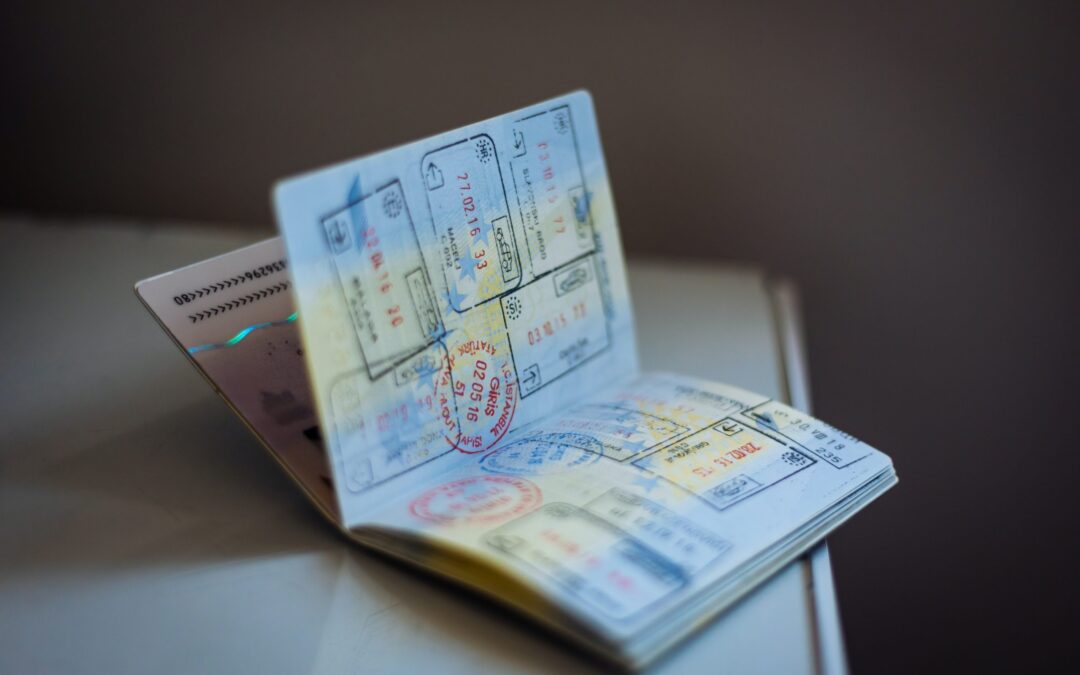Last Updated on January 29, 2023 by Justin Clifton
Prior to the pandemic, very few governments were even thinking about remote workers or digital nomads. Working online simply wasn’t mainstream and wasn’t on the radar for many governments. In fact, the first digital nomad visa wasn’t released until June 2020 by Estonia. If you were a digital nomad pre-2020 that wanted to stay in a country for a year and legally work online there, there weren’t really any programs specifically designed for that.
Due to the lack of programs and visas suited for the digital nomad demographic, many nomads were entering countries on tourist visas and working illegally. In many cases, you just had digital nomads living off of tourist visas for years. Either in one single country by doing quick border runs or by simply traveling perpetually and visiting many different countries. And of course, there are many nomads that are still doing these things currently.
But with more government awareness of digital nomads, there are more programs available for digital nomads to work legally and also more crackdowns on both border runs and people working in countries online without proper work permits. So between both new legal pathways and increasing crackdowns, there’s significant pressure to get nomads to stop working from the shadows. Clearly, governments don’t want people to continue living and working online in their countries with only tourist visas. It will probably only get harder and harder to keep living and working with tourist visas. And when it’s not that hard to qualify for a digital nomad visa or potentially something even better, there’s really no justification for continuing to illegally work on tourist visas.
Fast forward to October 2022, and it seems like every other week another country is launching its own digital nomad visa. As of June 2022, at least 46 countries are offering digital nomad visas. That number will continue to grow with time as more and more countries accept and adapt to the reality of the digital economy and remote work. Digital nomad visas for most countries are typically valid for a year. Some countries offer longer term digital nomad visas or extendable visas, but ultimately the time-length just varies from country to country. Digital nomad visas can be a great option if you’d like to experiment with living in a country for a year or two. But if you’re already sold on a particular country and know that you’d like to spend large portions of each year there, it would make more sense to investigate longer term options for living and working in that country.

Digital Nomad Visas vs Other Options
So now that we’ve got an idea of the point of a digital nomad visa, let’s discuss alternatives. To dig into this, it’s important to understand the various types of immigration status you could potentially have in a country. Here is a hierarchy sorted from higher status to lower status:
Citizenship
Permanent residency
Temporary residency
Work Visa
Tourist Visa
Citizenship is the highest status and it gives you the right to legally live and work in the country, come and go as you please, apply for the country’s passport, vote if the country is a democracy. Residency is just a legal permission to reside in a country. It generally includes the right to work as well. Residency could potentially be lost if you don’t live in the country for most of the year or if you’re abroad for too long. Temporary residency has a set expiration date whereas permanent residency can be renewed indefinitely. Visas are stamps or pieces of paper that are put in your passport that give you the right to work or be a tourist in a country for a set period of time.
This hierarchy above is just a general guideline. Every country has their own rules which can shake things up. In some countries, citizenship is simply unobtainable for foreigners either by law or de facto. So in that case permanent residency would be the highest status. Sometimes the concept of residency doesn’t even exist, so the most powerful status for a foreigner would be a long term visa with working rights. But generally speaking the lowest status in any country is a standard tourist visa because it’s typically short term (1 to 3 months) and offers no working rights.
There are some countries with programs where you can effectively be a full time tourist for a set number of years which is obviously a step above a standard short term tourist visa but still a step below a work visa or residency. Legally, it’s much harder for you to lose a citizenship than a residency, and it’s harder for you to lose a residency than a visa. As you go up the status hierarchy, you have more protection and security for your ability to live in and enter that country.
Digital nomad visas would fall under the work visa category. With the exception being that it obviously doesn’t grant rights for working a physical job in the country. A digital nomad visa is just going to be a step above a tourist visa. But an important step above that ensures you’re working legally in your country of choice.
So beyond a digital nomad visa, there are some other alternatives that you should consider. Many countries offer pretty straightforward pathways to temporary residency or permanent residency. A handful of countries even have programs for directly obtaining citizenship. Every country has their own guidelines for moving up the ranks. So for example, if you’re a temporary resident you might be eligible to apply for permanent residency after a few years of temporary residency. And once you’re a permanent resident, you might be eligible to apply for citizenship after a few years of permanent residency. The exact timelines and conditions vary from country to country.
You can qualify for these programs in a wide variety of ways. For citizenship, it’s almost exclusively donations, term bank deposits, or real estate investment. For residency, the most common ways to qualify include proof of wealth, proof of income, proof of pension income, real estate investment, term deposits, company incorporation, creating a set number of local jobs, etc. The exact details and wealth/income/investment thresholds for these programs vary significantly from country to country.
Another thing to be aware of is that some digital nomad visa programs are technically called digital nomad residence programs. Some countries define anything that grants you at least a year to live/work in the country as a residence permit, not a visa. This is really just a difference in legal nomenclature from country to country. But generally speaking, nomad programs are just branded or marketed as visas since that’s how people tend to look for these programs.
But ultimately there’s a huge difference between a nomad visa/residence and a temporary residence. A nomad visa/residence is typically valid a year or two and prospects for extending your stay or rising up the hierarchy vary from country to country. A temporary residency is generally for 1-5 years and is more likely to include extension options and a pathway for rising up the hierarchy such as upgrading to permanent residency.

The Best Choice
The big thing to keep in mind here is that a digital nomad visa is relatively short term and low status. And digital nomad visas don’t necessarily offer pathways to a higher status like a temporary or permanent residency. You might not be able to upgrade from a digital nomad visa to a temporary or permanent residency. The idea behind the digital nomad visa is that you’re a nomad only stopping by for a year or two. You’re not looking to establish roots yet.
If you’re just looking to explore a country to get an idea if you’d like to make more significant ties to it at some point in the future, then feel free to apply for a nomad visa. If you’re country of choice is in the Schengen area, then a digital nomad visa in any Schengen area country could interestingly give you a full year to explore the entire Schengen area with 26 countries. Of course, a residency in any Schengen country would give you the same access.
Or maybe you’re currently eligible for a nomad visa, but not a residency program. A nomad visa could be a good way to buckle down and build up some income/wealth to eventually become eligible for a residency program. You could also use a year from a nomad visa to thoroughly explore a country/region and scout out the best real estate deals before committing to a residency program based on real estate. But please be mindful of the tax and cost of living situation before committing to live somewhere for a year if your goal is to save money. If the country is really expensive, you might struggle to save money. If the country doesn’t offer tax incentives for the digital nomad visa, you could be on the hook for a large tax bill.
But if you already know that you really like a country and you’d like to establish some roots to make the country a base. Check to see if you’re eligible for a program that qualifies you for residency or even citizenship. Simply reach out to a local immigration lawyer to get a comprehensive overview of the current immigration programs that are available. Oftentimes, you can do things you would have done anyway with residency or a citizenship as an added benefit. E.g. open a company that you needed to establish anyway, invest in personal/investment property, open and fund a new bank account.
For any of your focus countries that you can acquire some type of status above a standard tourist, it just makes sense to take advantage of any programs when you meet all of the requirements. And remember that programs for residency and citizenship are constantly changing and evolving. Typically, programs don’t get easier or cheaper. Sometimes programs get shut down for good. If you’re on the fence about a program, it’s better to just commit as opposed to letting good opportunities slip away.
In this day and age, all digital nomads should be working to expand where they can legally live and work. Ideally, you should have at least 3 countries where you hold status above a standard tourist so you can legally enter, live, and work whenever the need or desire arises. Permanent options like residency are better than temporary options like digital nomad visas. If the digital nomad visa program you’re interested in offers a pathway to residence, then that makes it much more attractive. If you want to use a digital nomad visa as an exploratory tool or a potential stepping stone to something more permanent, then go right ahead and submit your digital nomad visa application.
Disclaimer: This article is for informational purposes only, you should not construe any such information or other material on this site as legal, tax, investment, financial, or other advice.

